GINO SARFATTI – IL DESIGN DELLA LUCE – TRIENNALE DESIGN MUSEUM – MILAN
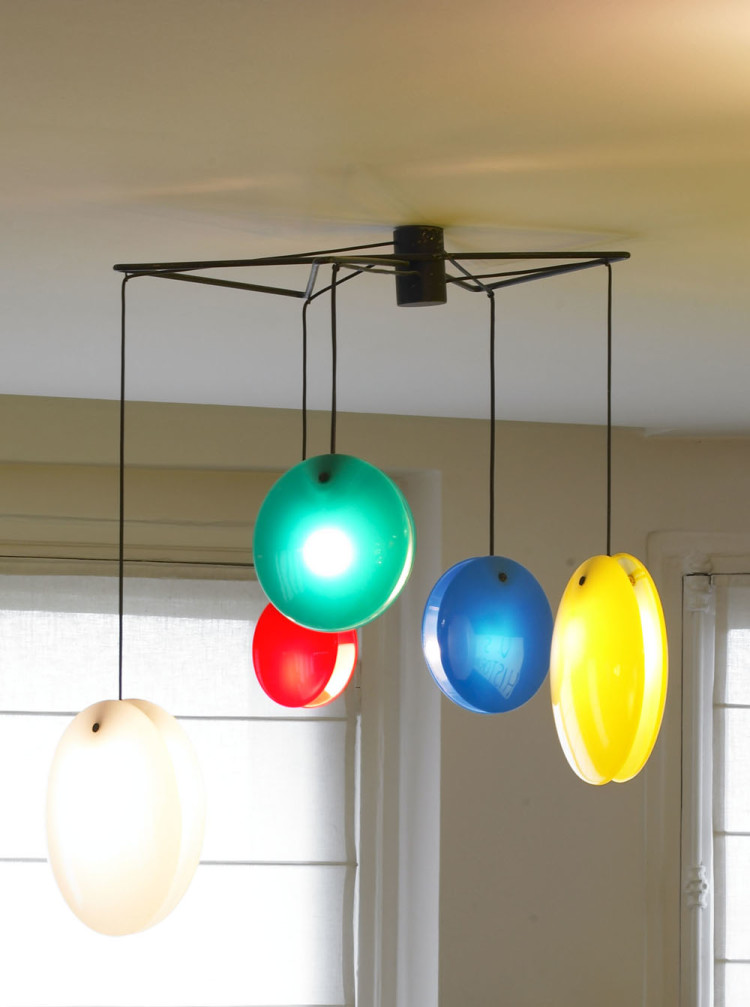
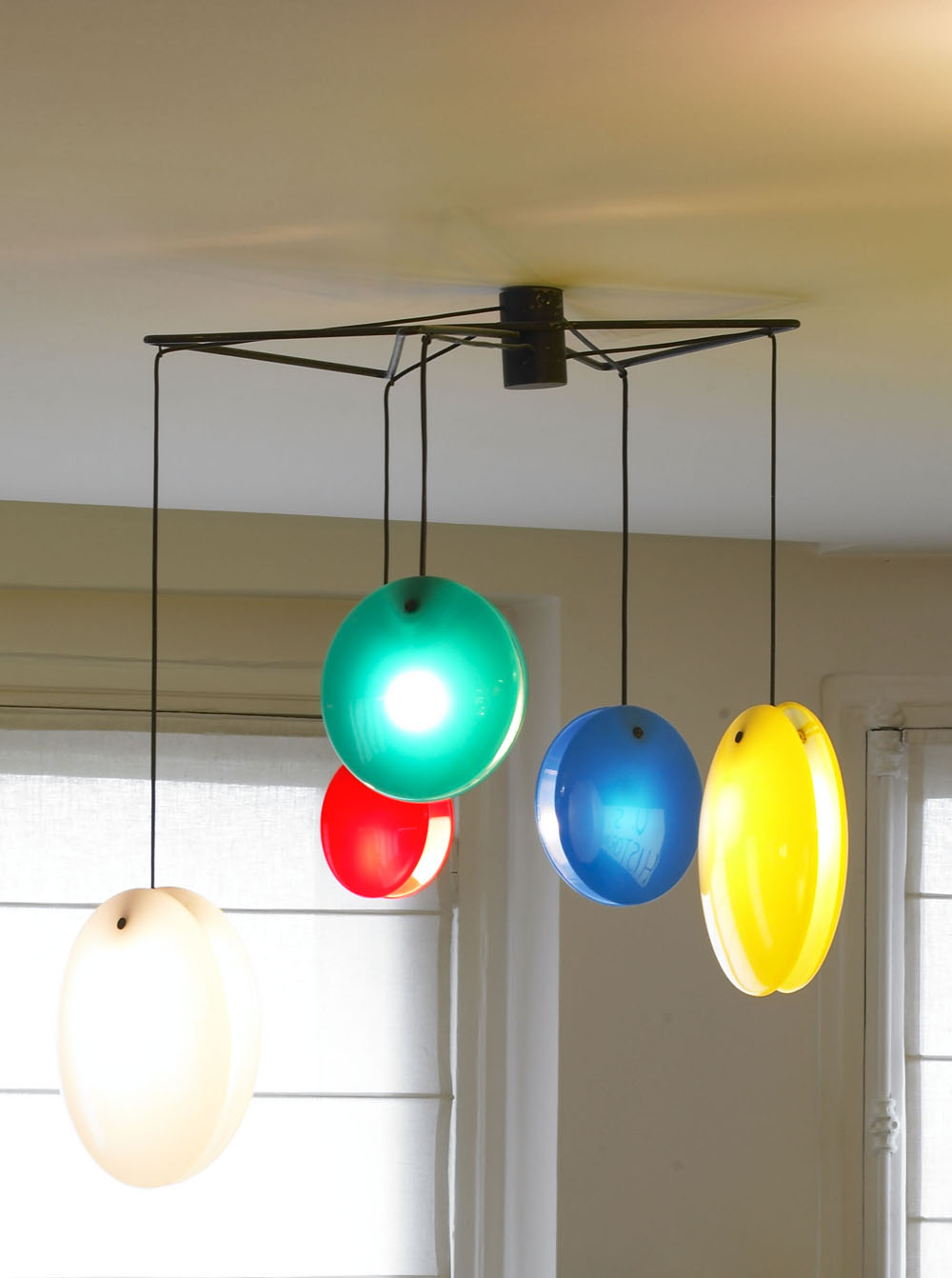
Gino Sarfatti
Il Design della luce
September 21 – November 11, 2012
Triennale di Milano
Viale Alemagna, 6 – 20121 Milano – www.triennale.it
Triennale Design Museum with Flos presents the first major Italian anthological exhibition dedicated to Gino Sarfatti, curated by Marco Romanelli and Sandra Severi Sarfatti, in the 100th anniversary of his birth.
Sarfatti’s work has had a significant impact among the international collectors’ scene, as shown by the fact that the broad choice of exhibited works comes from the collection of Clémence and Didier Krzentowski, from Galerie Kreo (Paris), while it was mostly overlooked in Italy.
Among the contributors it is necessary to mention Archivio storico Flos that made a huge corpus of works available.
The exhibition also represents an opportunity to definitely consecrate Gino Sarfatti among the Masters of Italian and International design, as well as for reviewing its pioneering works in one of the most significant sectors in the project: lighting.
During his continuous, relentless activity developed from the end of the 1930s to the early 1970s, Gino Sarfatti has developed, propelled by a strong innovative drive, more than 650 lighting devices and organised their manufacturing and distribution in the major international markets.
A wide choice of items will tell the tale of Gino Sarfatti’s works, showing the connection between light and space whom he felt in a particular way, as well as the experiments and the inventions on the new lighting sources.
A catalogue, published by Corraini Edizioni with texts by Silvana Annicchiarico, Manolo De Giorgi, Piero Gandini and Roberto Sarfatti will be made especially for the exhibit.
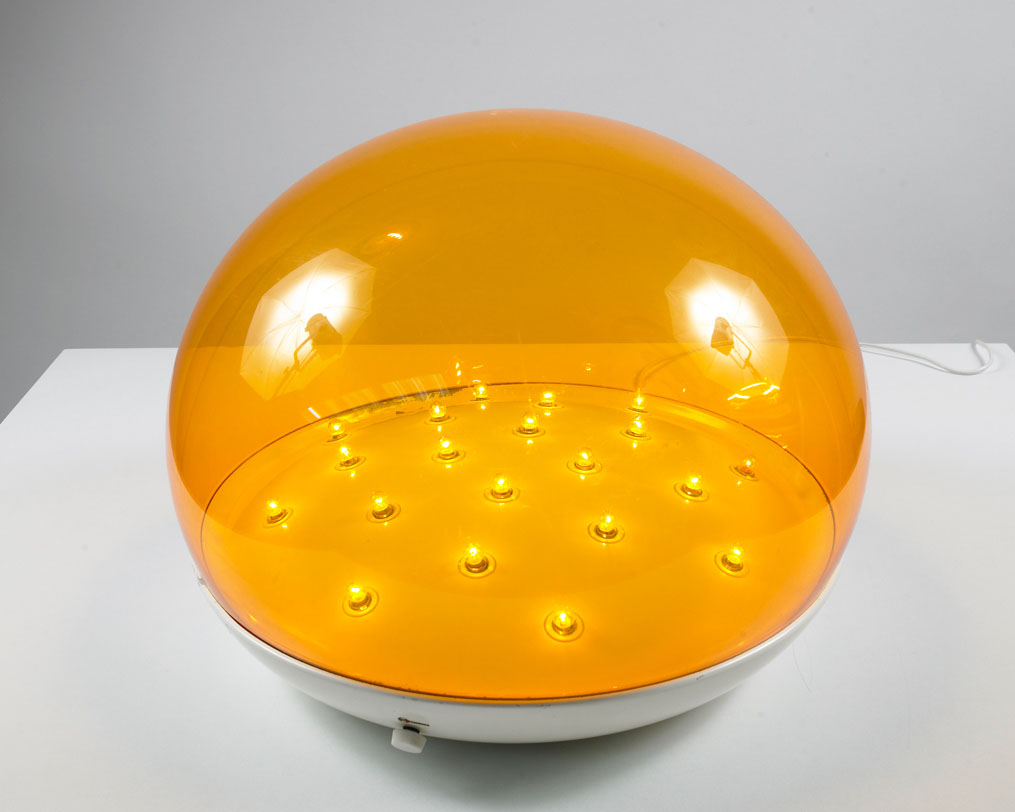
Brief biography
Gino Sarfatti (Venice 1912 – Gravedona 1985).
Gino Sarfatti was born in Venice, from a Jewish father and a Catholic mother. In 1930 he moved from Venice to Genoa to enrol in the Air and Navigation Engineering Faculty.
He left the University in his fourth year when the naval sanctions imposed on Italy by the League of Nations caused his father to bankrupt.
The family moved to Milan.
Gino Sarfatti was a sales representative for a glassworks when, upon a customer’s request, he turned a vase into a lamp: it was then that lighting devices became his field of activity of choice.
He opened his own workshop in partnership with Lumen: on his letter paper he wrote “Gino Sarfatti – Lighting razionale” (Rational Lighting).
He hung around with Lica and Albe Steiner, Franco Albini, Lucio Fontana.
In February 1939 he, together with other big names of the Milan’s economics scene and the architect Maurizio Tempestini founded S.A. Arteluce: Popi Bolchini was the Chairman and Gino Sarfatti was the General Manager.
The retail point was at Corso Littorio (later renamed Corso Matteotti), at number 12.
On May of the same year he married Jolanda Marazza (whom he called Jole) and had two children with her, Riccardo (born in April, 1940) and Roberto (born in December 1941).
In November 1941 he took the lead and full responsibility for the company whose type was changed in limited partnership.
Later, when the bombings started, his family and the production plants were moved to the High Brianza.
As the dangers posed by racial persecutions (especially for his father) increased he decided to flee the country in secrecy and spent the last years of wartime in Lugano (Switzerland), hidden in a convent and with great economic hardships.
In Italy Arteluce remained partly active and was entrusted to a younger collaborator.
Already in 1945 Gino Sarfatti returned in Milan in Via Cesena at the periphery of the City, where he reorganised and restarted the business in a small flat reconverted to workshop and in the area right in front of it, covered by a canopy, while he took the rooms upstairs as a living place.
The business grew at a hectic pace and soon the first supply for the naval industry, “Conte Biancamano”.
In 1949 using funds provided by his wife’s family he built the first core of the new plant in via Privata Bellinzona 48 that became the only production office for the whole term of the company: the plant’s surface was about 400 sq m.
At the same time Gino Sarfatti founded in Rome, with one of his brothers-in-law, a large shop named ArCon, Arredamento Contemporaneo (Contemporary Interior Decoration) that distributed the best brands of interior decoration available on the market at that time: The economic and press success was amazing.
Gino Sarfatti later left this venture for personal reasons and took a trip to the USA where he consolidated his relationships with Lightolier; meanwhile the art direction of Arteluce was entrusted to Vittoriano Viganò.
In 1953 he appointed Marco Zanuso with the restructuring of the shop in Via Matteotti, in partnership with Albe Steiner: the whole shop became a showcase during the day while at night Albe Steiner’s linear Venetian blinds became niches for individual devices.
The shop became basically one of the key centres of contemporary lighting.
The following are just some who would use Arteluce lamps, design for Arteluce or be part of Gino Sarfatti’s circle: Albini-Helg, Asti, i BBPR, Chessa, Clerici, Frattini, Gregotti-Meneghetti-Stoppino, Latis, Mari, Munari, Meregaglia, Parisi, Sambonet, Santi e Boracchia, Rosselli, Tilche, Ulrich, Viganò, Vignelli, Zanuso.
In 1950 some of Sarfatti’s models participated to the MUSA exhibit: Italy at Work: Her Renaissance in Design Today in Chicago, prompted by Gio Ponti to make the USA acquainted with the “Italian decoration arts”.
In 1951 nine of his models participated to the IX Triennale (the device no. 181 was even awarded a “Diploma d’onore”, a Honour Diploma, but Sarfatti refused it).
In 1952 a total of 11 lamps participated to the Mostra delle Arti Decorative Italiane in Paris, curated by Franco Albini.
In November 1954, at the X Triennale, the models 1063 and 1065 obtained the “Gran Premio”.
In the Compasso d’Oro’s opening edition in 1954 model 559 received the prize.
The next year the Compasso d’Oro rewarded model 1055 s, where s means “scatola” (box) as the highly modular lamp was marketed disassembled.
In 1961 the first number of the “Casa Novità” magazine, which would later be renamed “Abitare” dedicated a long article and an interview to him.
In 1962 the historical shop in Via Matteotti had to be abandoned due to the owner’s needs. The new space, larger and with a better layout, was located in via della Spiga 23 and designed by Vittoriano Viganò who demolished part of the concrete slab of the basement to build up an exhibition space and a very large area that, together with the chipboard furniture drawn a lot of attention.
Effective from 1962, the Via Bellinzona plant was renovated and, in 1968, acquired a new, raised floor increasing its total surface to about 800 square metres: the Arteluce staff grew to its maximum size, about 35 people.
In 1964 his oldest son Riccardo was enrolled in the company but in the beginning he split his time between the company and the University as he first studied to graduate and then became a teacher; later he devoted himself to Arteluce taking care of the production, especially the larger supplies.
In 1964 he completed the orders for the Michelangelo and Raffaello turbiners.
In 1972 Gino Sarfatti designed and developed the “cloud”, the iconic feature of the great hall in the Teatro Regio di Torino, renovated by Molino.
In 1973, Gino Sarfatti ended his entrepreneur’s career and transferred the company (at the top of its success) and all the rights on his works and his design to Flos.
That same year the company was awarded another award, the Medaglia d’Oro (gold medal) at the XV Triennale di Milano.
While preparing for the major exhibition at the Beaubourg in Paris “Lumières je pense à vous”, in October and November 1984, just a few months after his death, Gino Sarfatti retold his story and career in an interview and correspondence with Jean François Grunfeld.
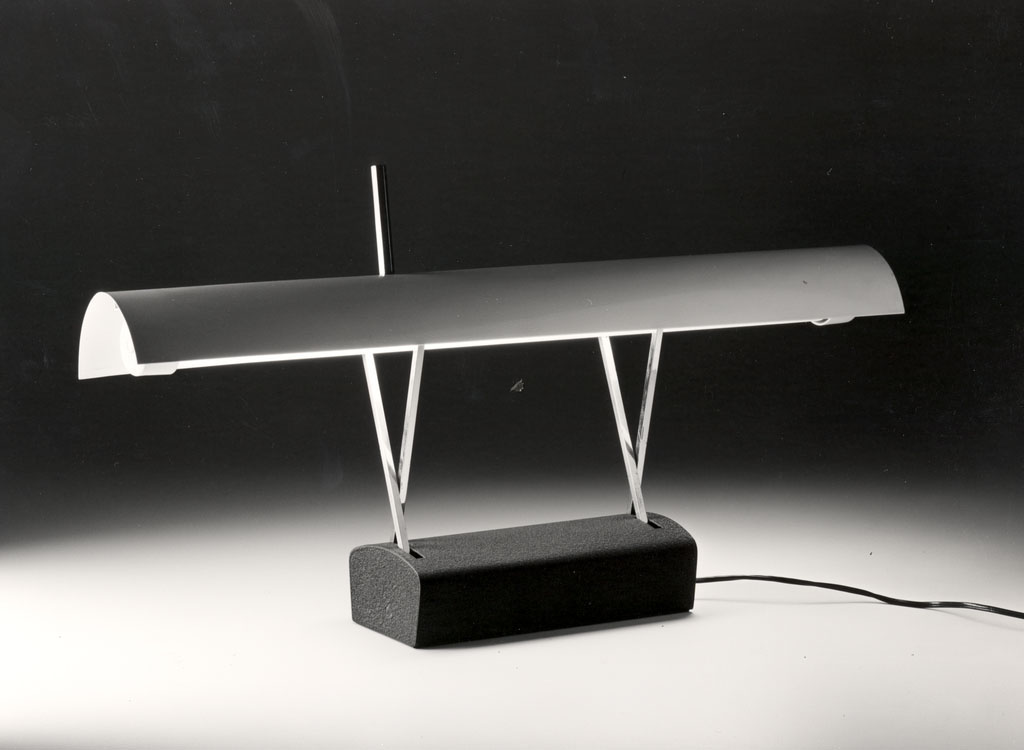
Gino Sarfatti
Il design della luce
21 settembre – 11 novembre 2012
Triennale di Milano
Viale Alemagna, 6 – 20121 Milano – www.triennale.it
Triennale Design Museum con Flos presenta la prima grande mostra antologica italiana dedicata a Gino Sarfatti, a cura di Marco Romanelli e Sandra Severi Sarfatti, nella ricorrenza del centenario della sua nascita.
Il lavoro di Sarfatti ha avuto un grande riscontro nell’ambito del collezionismo internazionale, come dimostra il fatto che un’ampia selezione delle opere in mostra provenga dalla collezione di Clémence e Didier Krzentowski, della Galerie Kreo di Parigi, mentre in Italia è rimasto, per molti motivi, in ombra.
Fra i prestatori spicca inoltre l’Archivio storico Flos che ha messo a disposizione un consistente corpus di opere.
La mostra offre l’occasione di consacrare a tutti gli effetti Gino Sarfatti fra i Maestri del design italiano e internazionale nonché di rileggerne l’opera pionieristica in uno dei settori più significativi del progetto: l’illuminazione.
Nel corso di un’incessante attività, sviluppatasi dalla fine degli anni trenta ai primi anni settanta, Gino Sarfatti ha ideato, con una straordinaria carica innovativa, oltre 650 apparecchi luminosi, organizzandone, tramite Arteluce, l’azienda da lui fondata, la produzione e la distribuzione nei più importanti mercati internazionali.
Una vasta selezione di pezzi racconterà l’operato di Gino Sarfatti, visualizzando il legame tra luce e spazio, da lui particolarmente sentito, così come la sperimentazione e le invenzioni relative alle nuove sorgenti luminose.
In occasione della mostra verrà presentato un catalogo, edito da Corraini Edizioni, con testi di Silvana Annicchiarico, Manolo De Giorgi, Piero Gandini e Roberto Sarfatti.
Biografia essenziale
Gino Sarfatti (Venezia 1912 – Gravedona1985).
Nasce a Venezia, da padre ebreo e madre cattolica. Nel 1930 si trasferisce da Venezia a Genova per iscriversi alla Facoltà di Ingegneria Aereonavale.
Abbandona gli studi al quarto anno di corso quando il “fermo delle navi”, imposto dalla Società delle Nazioni, rovina economicamente il padre.
La famiglia si trasferisce a Milano.
Gino Sarfatti rappresenta una vetreria d’arte e, per richiesta di un cliente, trasforma un vaso in una lampada: gli apparecchi di illuminazione diventano da allora il suo campo elettivo di attività.
Collabora con Lumen e apre un proprio laboratorio: sulla sua carta da lettere scrive “Gino Sarfatti – Illuminazione razionale”.
Frequenta Lica e Albe Steiner, Franco Albini, Lucio Fontana.
Nel febbraio 1939, con alcune personalità dell’ambiente economico milanese e con l’architetto Maurizio Tempestini, fonda la S.A. Arteluce: Presidente è Popi Bolchini e Gino Sarfatti è Direttore Generale.
Il punto vendita è al 12 di Corso Littorio, oggi corso Matteotti.
Nel maggio dello stesso anno sposa Jolanda Marazza (Jole) dalla quale ha due figli, Riccardo, nell’aprile del 1940, e Roberto, nel dicembre 1941.
Nel novembre del 1941 assume la responsabilità illimitata della società, trasformata in Società in accomandita semplice.
Con i primi bombardamenti sia la produzione che la famiglia sono trasferiti nell’alta Brianza.
Il crescere del rischio di persecuzioni razziali, soprattutto per il padre, porta alla decisione di espatriare clandestinamente e gli ultimi anni di guerra sono passati, con grandi disagi economici, in Svizzera, a Lugano, in un convento di suore.
In Italia, Arteluce resta in parte attiva, affidata a una giovane collaboratrice.
Già nel 1945 Gino Sarfatti rientra a Milano dove, in via Cesena, alla periferia della città, riorganizza l’attività in un appartamento adattato e nello spazio antistante, sotto una tettoia; al piano superiore c’era l’abitazione.
Lo sviluppo commerciale è impetuoso e arriva anche la prima fornitura navale il “Conte Biancamano”.
Nel ’49, con fondi resi disponibili dalla famiglia della moglie, viene realizzato il primo nucleo dello stabilimento di via Privata Bellinzona 48, che sarà l’unica sede produttiva per tutta la durata della società: la superficie è di circa 400 mq.
In parallelo Gino Sarfatti fonda a Roma, con un fratello della moglie, il grande negozio ArCon, Arredamento Contemporaneo, che distribuisce i migliori marchi di articoli di arredamento allora in commercio: il successo, economico e di stampa, è clamoroso.
Gino Sarfatti, per vicende personali, esce da questa iniziativa e compie un viaggio negli Stati Uniti ove consolida i rapporti con Lightolier; durante la sua assenza affida la direzione artistica di Arteluce a Vittoriano Viganò.
Nel 1953 incarica Marco Zanuso della ristrutturazione del negozio di via Matteotti, attuata con la collaborazione di Albe Steiner: tutto il negozio diventa vetrina durante il giorno, mentre di notte le veneziane lineari di Albe Steiner costruiscono nicchie per singoli apparecchi.
Il negozio diviene un centro quasi obbligato per parlare di illuminazione contemporanea.
Utilizzeranno lampade di Arteluce, disegneranno per Arteluce o faranno parte di chi frequentava Gino Sarfatti: Albini-Helg, Asti, i BBPR, Chessa, Clerici, Frattini, Gregotti-Meneghetti-Stoppino, Latis, Mari, Munari, Meregaglia, Parisi, Sambonet, Santi e Boracchia, Rosselli, Tilche, Ulrich, Viganò, Vignelli, Zanuso.
Già nel 1950 alcuni modelli di Sarfatti partecipano alla mostra MUSA: Italy at Work: Her Renaissance in Design Today a Chicago, voluta da Gio Ponti per far conoscere in America le “arti decorative italiane”.
Nel maggio del 1951 nove modelli partecipano alla IX Triennale (l’apparecchio 181 ottiene un “Diploma d’onore”, che Sarfatti tuttavia rifiuta).
Nel 1952 ben 11 lampade sono a Parigi per la Mostra delle Arti Decorative Italiane curata da Franco Albini.
Nel novembre 1954, alla X Triennale, i modelli 1063 e 1065 ottengono il “Gran Premio”.
Il Compasso d’Oro, nell’edizione inaugurale del 1954, premia il modello 559.
L’anno seguente, il Compasso d’Oro viene replicato con il modello 1055 s, dove s sta per “scatola”, in quanto la lampada, ad alta componibilità, veniva commercializzata smontata.
Nel 1961 il primo numero della rivista “Casa Novità” che, di lì a breve, sarebbe diventata “Abitare”, gli dedica un lungo articolo corredato con un’intervista.
Nel 1962 lo storico negozio di via Matteotti deve essere lasciato, per esigenze della proprietà. Il nuovo spazio, più grande e articolato, in via della Spiga 23, è a firma di Vittoriano Viganò che demolisce parzialmente la soletta con l’interrato così da realizzare uno spazio espositivo e un volume di grandi dimensioni, che, assieme all’arredo in truciolare, suscitano grande attenzione.
A partire dallo stesso 1962, lo stabilimento di via Bellinzona, viene ristrutturato e, nel 1968, sopraelevato, passando a circa 800 metri quadrati: Arteluce arriva al massimo dei suoi addetti, circa 35 persone.
Nel 1964 il figlio primogenito Riccardo entra in azienda ma divide il suo impegno dapprima con il raggiungimento della Laurea e poi con l’insegnamento universitario; più tardi, si dedica compiutamente ad Arteluce occupandosi della produzione e in particolare delle grandi forniture.
Nel 1964 sono in ultimazione le commesse per le turbonavi, Michelangelo e Raffaello.
Del 1972 è l’illuminazione di tutto il Teatro Regio di Torino, ristrutturato da Mollino, per il quale Gino Sarfatti progetta e realizza, in particolare, la cosiddetta “nuvola” che caratterizza la grande sala.
Nel 1973, Gino Sarfatti chiude la sua esperienza imprenditoriale e, al massimo storico del suo risultato, cede l’azienda e tutti i diritti del suo ingegno e del suo design a Flos.
Quello stesso anno l’azienda aveva ricevuto un’ulteriore Medaglia d’Oro alla XV Triennale di Milano.
In preparazione della grande mostra al Beaubourg di Parigi “Lumières je pense à vous”, nell’ottobre e novembre del 1984, a pochi mesi dalla morte, in un colloquio e in un carteggio con Jean François Grunfeld, Gino Sarfatti ripercorre la sua attività.

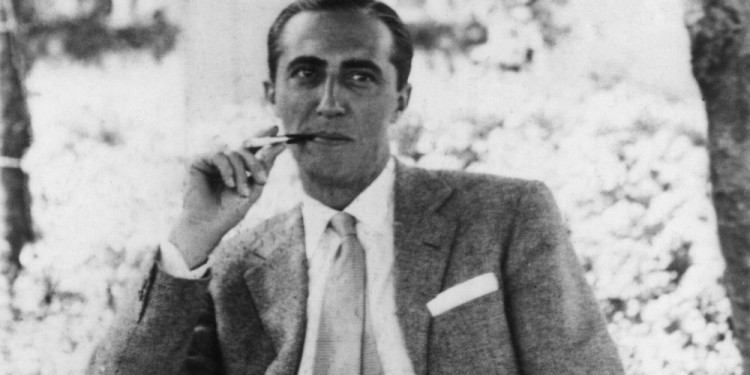
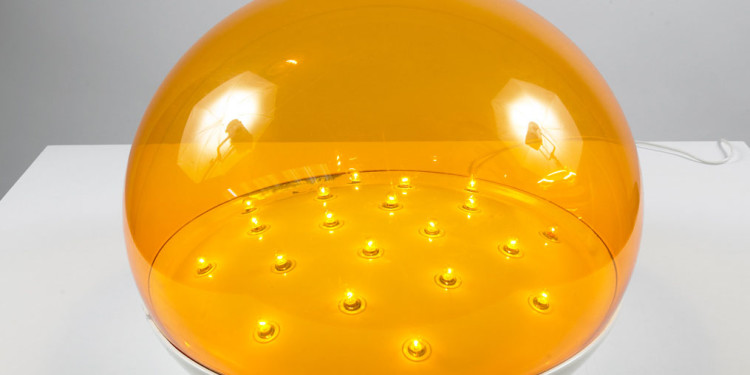
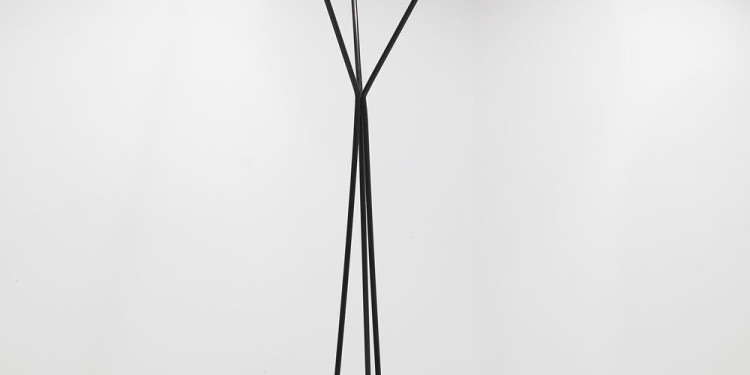
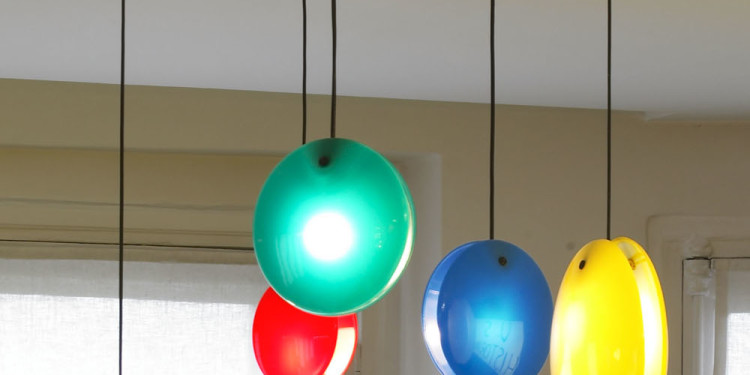
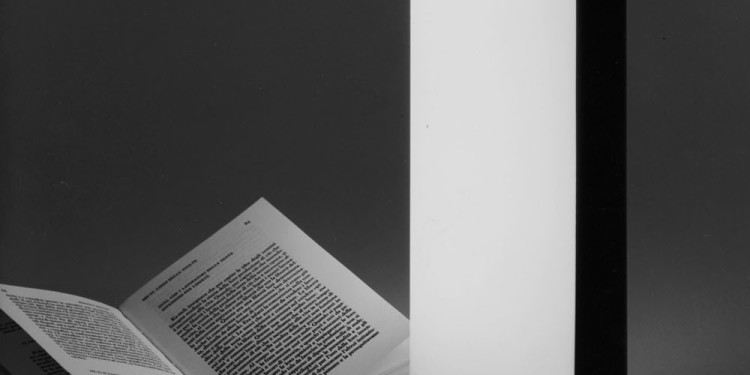
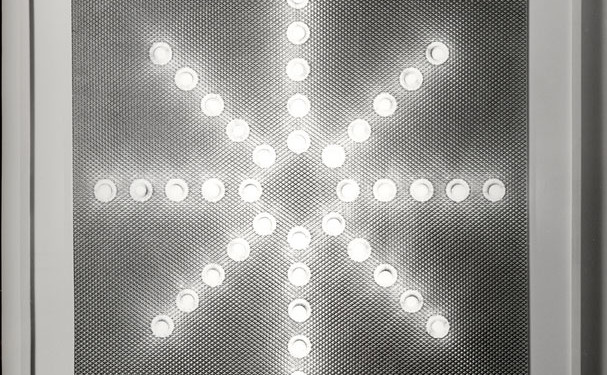
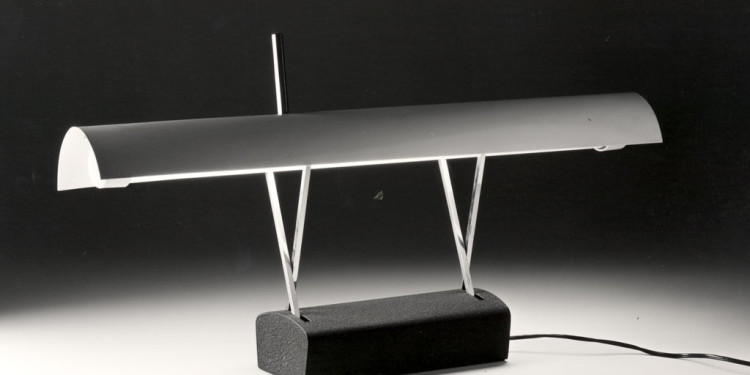
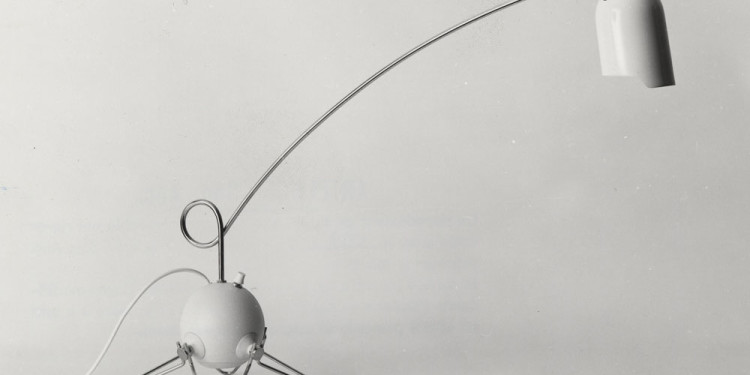
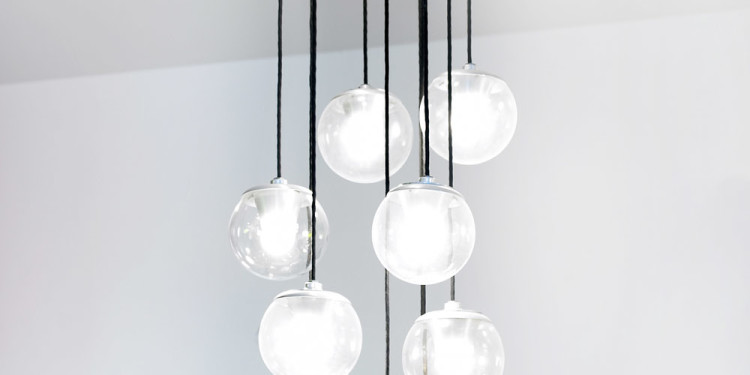
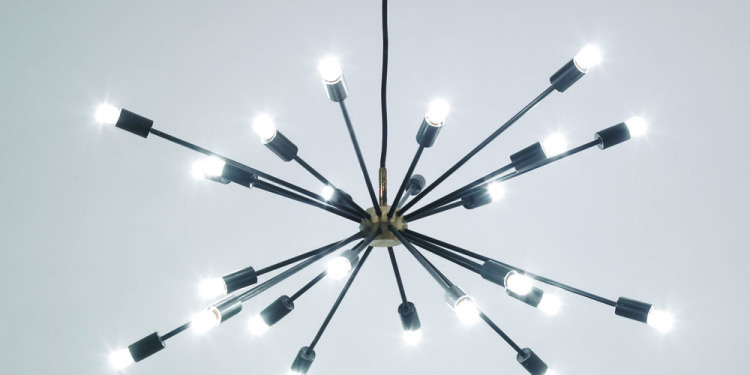

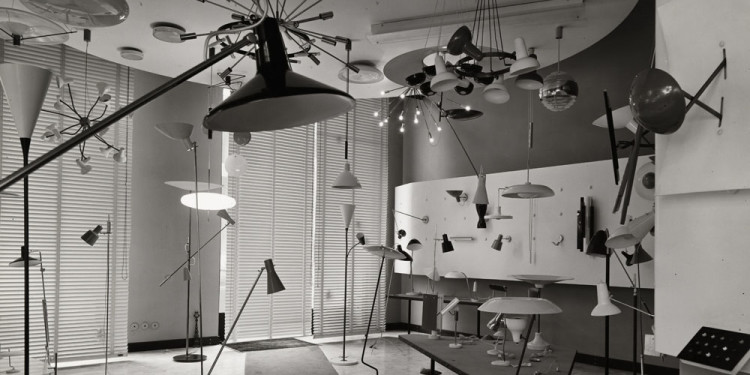
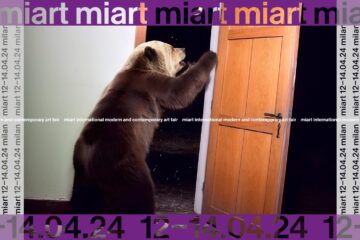

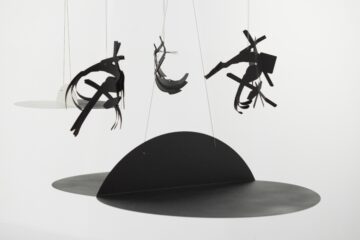
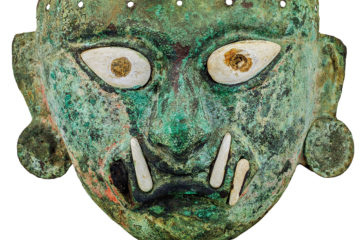

1 Comment
Bel contributo alla storia del design italiano.